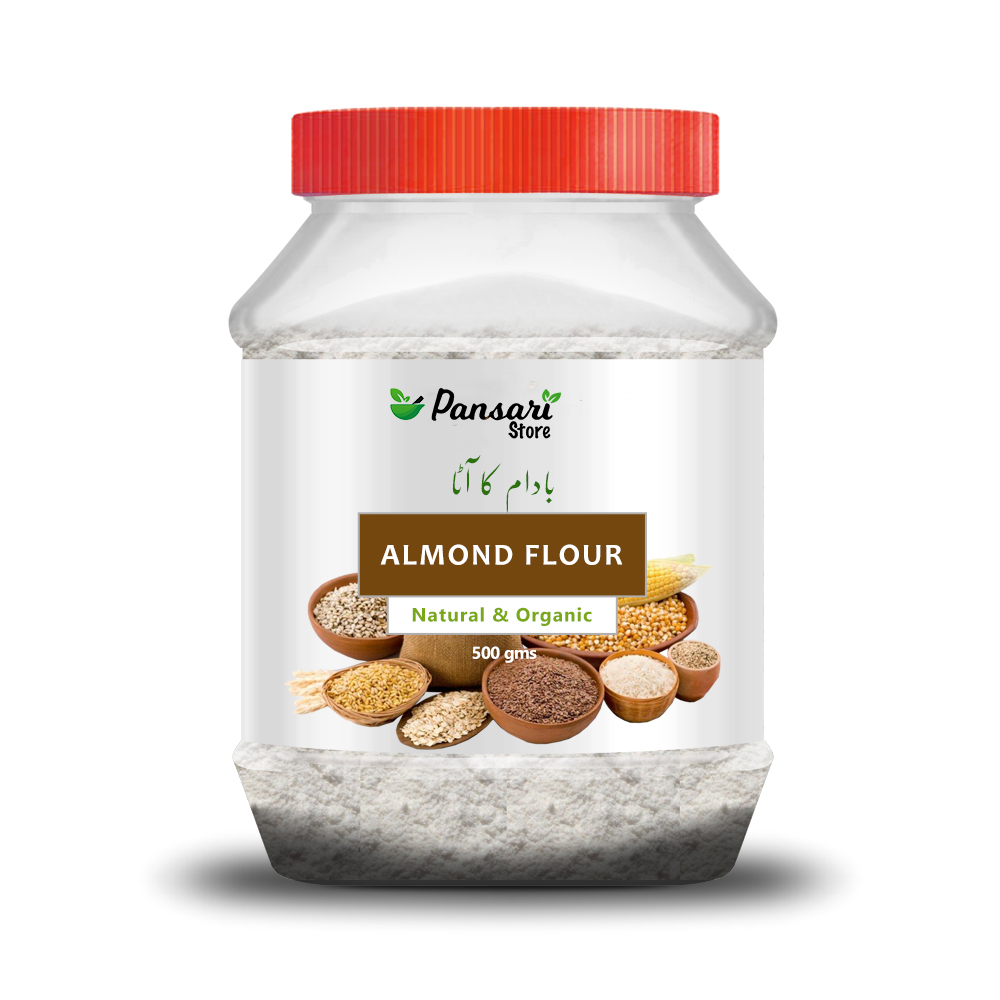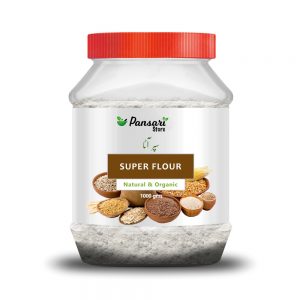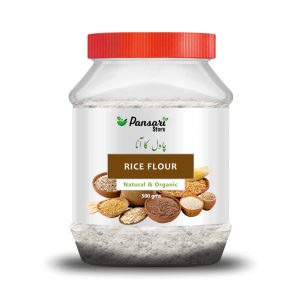Almond flour is a popular alternative to traditional wheat flour. It’s low in carbs, packed with nutrients and has a slightly sweeter taste.
Almond flour may also provide more health benefits than traditional wheat flour, such as reducing “bad” LDL cholesterol and insulin resistance.
As we know, almonds nutrition is highly impressive. The awesome thing about almond flour is that it’s simply ground-up almonds so it gives you all of the original almond health benefits. One cup of this flour contains about 90 almonds and provides more than 100 percent of the daily requirement for vitamin E. It’s super versatile and can be used in all kinds of baked foods. It packs a potent punch of nutrition, unlike a typical gluten-rich, overly processed flour that does nothing good for your health.
Science has shown that almonds are a natural powerhouse when it comes to heart health, blood sugar management and even some types of cancer. Studies have also found that the almonds that make up its namesake flour are even better than complex carbohydrates when it comes to losing weight and maintaining a slimmer waistline.
Almond flour is rich in nutrients. One ounce (28 grams) contains:
-
Calories: 163
-
Fat: 14.2 grams (9 of which are monounsaturated)
-
Protein: 6.1 grams
-
Carbs: 5.6 grams
-
Dietary fiber: 3 grams
-
Vitamin E: 35% of the RDI
-
Manganese: 31% of the RDI
-
Magnesium: 19% of the RDI
-
Copper 16% of the RDI
-
Phosphorus 13% of the RDI
Health Benefits Of Almond Flour:
-
Boost heart health
-
Helps discourage cancer formation
-
Aids in managing blood sugar for diabetic patients
-
Encourages healthy waistlines
-
Improves energy levels
How to use?
When you add almond flour to baked goods, it makes them more moist and adds a great nutty taste. Baked goods made with almond meal tend to be calorie-dense.
Almond flour cookies, almond flour muffins, almond flour bread… the list really goes on and on for what you can do with almond flour. It’s predominantly used in baked goods but can also be used to replace bread crumbs in a healthier take on chicken tenders. It’s also great for coating fish.
Almond flour can typically replace wheat flour in a recipe in a one-to-one ratio. However, if you substitute almond flour for wheat flour, keep in mind that you will likely require additional egg or other binding agent to make the recipe successful. Also, know that your end result will be flatter when you use almond flour rather than wheat.
When you use almond flour in baking, don’t let the texture of your batter alarm you. Almond flour batters are usually thicker than wheat-based flours as well as other gluten-free flours. Resist adding more liquid to the mixture or you’ll likely end up with a final product that won’t bake through. You’ll also waste precious flour.
The information is for educational purposes only. This information has not been evaluated by the Food and Drug Administration.
This information is not intended to diagnose, treat, cure, or prevent any disease.





